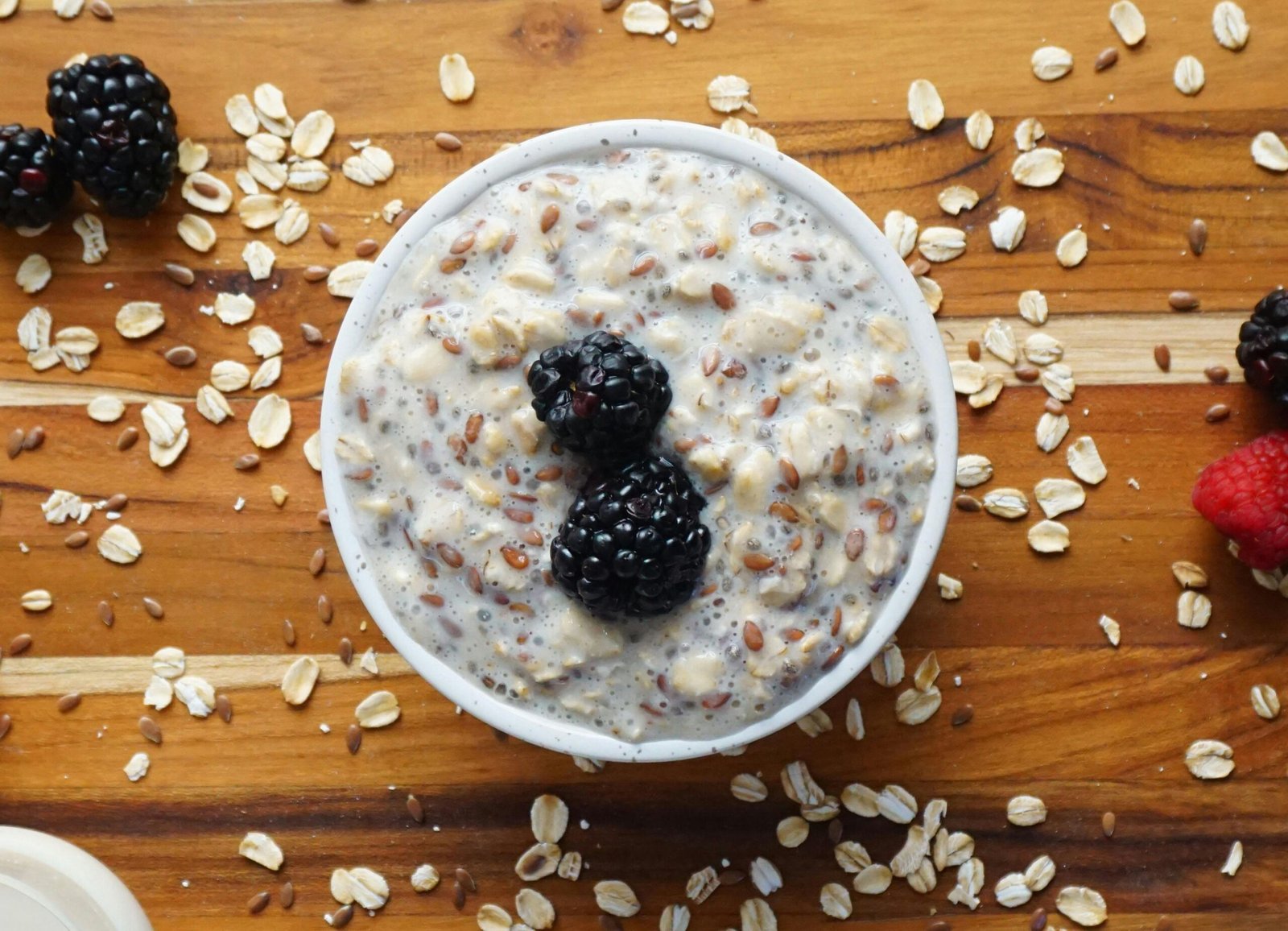Smart Weekly Planning – We Can Do it!
Everyday life is busy, everyone is hungry, and weekly planning is once again up in the air.
You want to cook healthy, varied meals that cater to all family members – but where to start?
- What does everyone like?
- What does everyone need?
- What’s missing in the fridge?
- And how do I put all of this into a functional plan?
This is exactly where the dilemma begins for many. And it repeats week after week.
Good Intentions Aren’t Enough – if the System is Missing
Every family is unique. Tastes, allergies, schedules, intolerances, or nutrient needs:
You want to consider everything – but the organization is tedious.
Often, the exact opposite happens:
- You resort to ready-made meals,
- always cook the same things,
- or, due to lack of time, plan only day by day.
I’ve tried it myself:
Create an overview – who likes what, who needs what.
Where to save it? In your head? Unrealistic.
In Excel? Yes, possible – but time-consuming.
In an app? Only if it fits me exactly. Unfortunately, that’s rarely the case.
What’s Currently Available – and where the Limits Lie
Today, there are many offerings that aim to simplify planning.
Box delivery systems like meal kits deliver ingredients with recipes to your home. This saves time – and works well if you don’t have any special needs.
But:
- Such systems are often expensive in the long run.
- They rarely consider individual needs or special diets.
- They don’t evolve – neither with the children nor with the family’s health status.
There are also many recipe apps. Some are really good – but they require a lot of personal effort:
Finding recipes individually, adjusting them, checking nutrients, creating shopping lists yourself.
In the end, it often fails due to lack of time.
How You Can Still Build your Weekly Planning Effectively
Small Step-By-Step Guide
For all who want to tackle it themselves, here’s a detailed plan that will help you bring structure to your planning:
🧩 Create a Family Overview
Create a simple but clear family profile. This can be digital or on paper.
The following information is useful:
- Name, Age
- Favorite dishes / Dislikes
- Allergies / Intolerances
- Special needs (e.g., iron deficiency, sports nutrition, vegetarian)
- Portion size (adults, children, toddlers, etc.)
Tip: Keep it simple. Better to start and adjust than not start at all.
🥦 Understand Nutrient Needs
Get a rough idea of what everyone needs.
Official recommendations (e.g., from the German Nutrition Society or the Swiss Society for Nutrition) can help here.
You don’t have to be a nutritionist – but basic knowledge helps immensely:
- Which vitamins does my child particularly need during growth?
- How much protein should my husband, as an athletic type, have?
- Is anyone lacking magnesium or iron?
👉 Extra tip on nutrient needs by life stages for women and men
📖 Collect and Sort Recipes
Collect recipes that:
- match preferences
- are easy to integrate into your daily routine
- are adaptable as needed (vegetarian, gluten-free, etc.)
Sort them by:
- Preparation time (quick, elaborate)
- Time of day (breakfast, lunch, dinner)
- Main ingredient (e.g., legumes, vegetables, fish, meat)
Tip: Start with 10–15 recipes you really want to cook. Quality over quantity.
🗓️ Create a Weekly Plan
Distribute the collected recipes meaningfully throughout the week:
- What’s available when time is short?
- Where can it be more elaborate (e.g., on Sunday)?
- Plan for targeted leftover utilization (e.g., soup from roasted vegetables from the day before).
- Leave room for flexibility (1–2 free meals).
If necessary, use colored calendars, magnetic weekly planners, or apps like “PlanToEat”, “Paprika”, or “MealBoard”.
🛒 Generate Shopping Lists
Now create your shopping list – ideally thematically:
- Fresh produce
- Dry goods
- Refrigerated goods
- Pantry
This saves you time at the supermarket and avoids duplicate purchases.
🧘 Build Adapt Routine
Start with small steps.
For example, just plan for the next 3 days.
The more often you do it, the easier it gets.
Gradually, you can then swap recipes, try new things, and integrate family feedback.
Anyone who has tried all this knows: It’s doable – but time-consuming.
And if You Want to save Yourself all that? Then Kati Comes into Play.
That’s why I developed Kati – my digital K.B. Kitchen Assistant.
Kati thinks along, remembers everything you enter, and automatically creates:
✅ individual recipe suggestions
✅ nutrient needs check
✅ smart weekly plans
✅ practical shopping lists
And all of this in seconds – without hours of research and note-taking.
Conclusion
If you want to plan yourself – the roadmap above will definitely help you.
If you want to reach your goal faster – then Kati might be your new kitchen assistant.
Curious?


